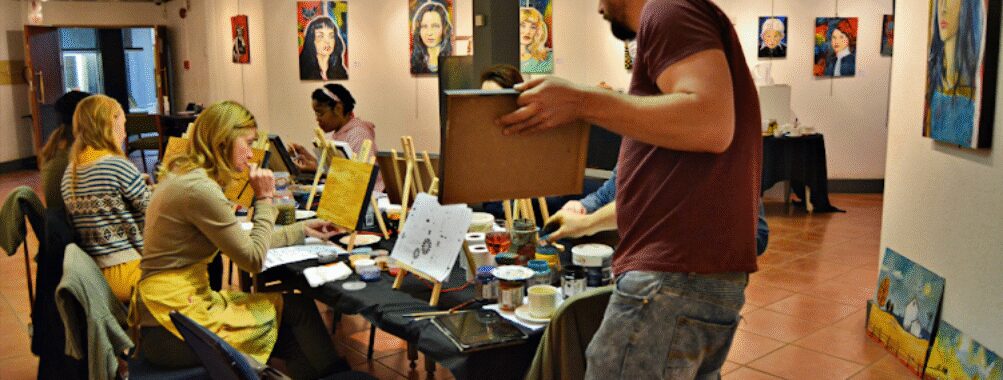
Potchefstroom Museum
Table of Contents
Description
The Potchefstroom Museum is one of those places that feels like stepping into a layered storybook of South Africa’s past. It doesn’t just put artifacts behind glass; it tells the tale of a town that has seen migrations, wars, faith, and the everyday lives of people who shaped the country. The museum is spread across multiple buildings, each with its own personality. You get the main museum with its exhibitions on the Great Trek and the South African Republic, then the Totius House Museum that captures the atmosphere of a poet’s home, and even the President Pretorius Museum, which feels almost like walking into the private quarters of history itself. It’s not flashy, but that’s part of the charm—it feels authentic and grounded.
Now, let’s be honest: not every corner of the museum is polished to perfection. Some displays show their age, and a few sections could use a little more context or interactive elements. But that’s also what makes it feel real, like you’re exploring the town’s attic rather than a sterile gallery. And if you’re the type who loves to wander at your own pace, you’ll appreciate that it’s rarely overcrowded. The staff are usually warm and happy to chat, which adds to the experience. Accessibility is thoughtfully considered too, with wheelchair-friendly entrances, restrooms, and parking, which isn’t always the case in older South African museums. For travelers who want more than surface-level sightseeing, this place rewards curiosity with depth and texture.
Key Features
- Main museum with exhibits covering the Great Trek, Anglo-Boer Wars, and early settlement history
- Totius House Museum, once the home of poet J.D. du Toit, preserved with period furniture and atmosphere
- President Pretorius Museum, offering a glimpse into the life of the first president of the South African Republic
- Goutz-Fleischack Museum, a restored 19th-century residence reflecting everyday life of the time
- Accessible facilities including wheelchair-friendly entrances, restrooms, and parking
- Community-focused exhibitions that highlight local heritage and cultural identity
- Quiet, uncrowded environment ideal for slow exploration and reflection
Best Time to Visit
Visiting the Potchefstroom Museum is enjoyable year-round, but the cooler months from May to August are especially pleasant if you’re not a fan of heat. During summer, Potchefstroom can get quite warm, and wandering between the different museum buildings in the midday sun can be a sweaty affair. On the other hand, if you’re already in town for the university’s arts festivals or sporting events, it makes sense to squeeze in a visit no matter the season. Weekdays are quieter, and you’ll often have whole rooms to yourself, which gives you time to really soak in the details without feeling rushed. If you’re the type who likes to take notes or sketch, that quiet atmosphere is a gift.
How to Get There
Reaching the museum is straightforward if you’re already in Potchefstroom, as it’s centrally located and easy to find by car. For those coming from Johannesburg, it’s about a 90-minute drive along the N12, which makes it a feasible day trip. Public transport options exist but aren’t always reliable or convenient, so driving remains the easiest way. Parking is available near the museum buildings, and since it’s not usually crowded, finding a spot is rarely an issue. If you’re walking from the town center, it’s manageable, though the layout of the museum across different buildings means you’ll be covering some ground on foot.
Tips for Visiting
Plan to set aside at least two to three hours if you want to do justice to all the buildings. It’s tempting to breeze through, but the real magic comes when you slow down and read the plaques, peek at the old photographs, and imagine the lives of the people who once lived in those houses. Bring a bottle of water, especially in summer, because moving between the sites can get warm. If you’re traveling with kids, be prepared to explain a lot of the history in your own words—some of the exhibits aren’t designed with younger visitors in mind. But that can actually be a good thing, as it sparks conversations.
Photography is usually allowed, but always double-check with staff, especially in the historic homes where flash might be restricted. And don’t be shy about asking the staff questions—they often know stories and details that aren’t written on the signs. If you’re someone who loves collecting little-known facts to share later, this is the place to do it. Finally, wear comfortable shoes. The museum isn’t massive, but you’ll be walking across uneven old floors and between buildings, so it’s best not to attempt it in flimsy sandals.
For travelers who like their history with a dose of authenticity, the Potchefstroom Museum is worth the stop. It’s not perfect, but maybe that’s exactly why it leaves such a lasting impression—it feels lived in, layered, and real, much like the town itself.
Location
Places to Stay Near Potchefstroom Museum
Find and Book a Tour
Explore More Travel Guides
No reviews found! Be the first to review!